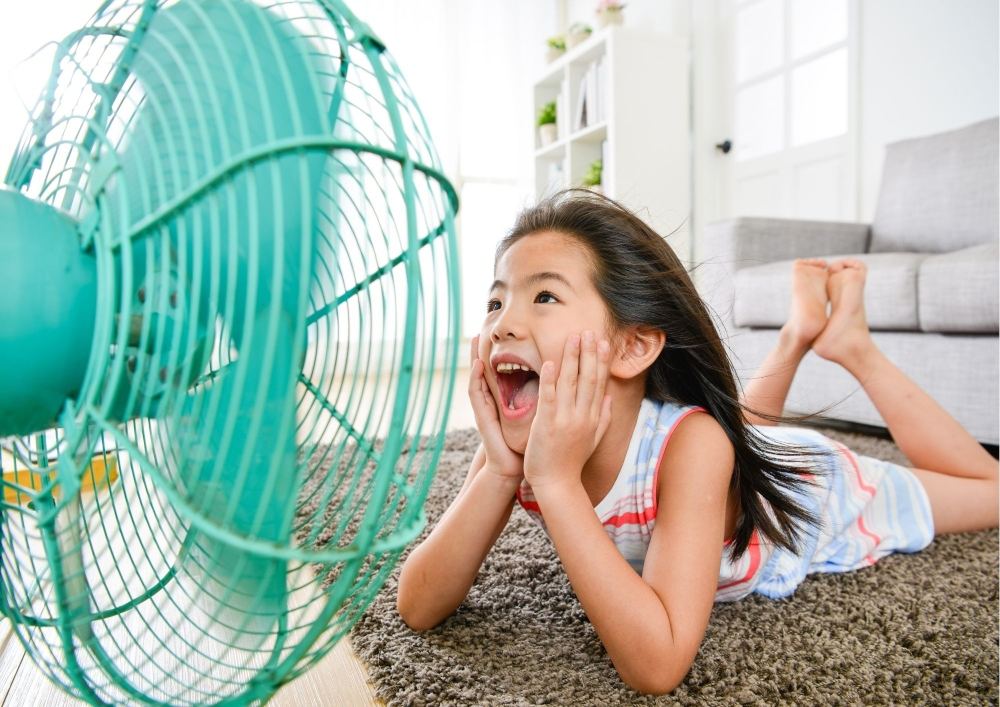
How to Successfully Heat or Cool Your Home
Heating and cooling systems in homes are becoming the new norm, especially in larger homes with lots of space. Heating and cooling systems are pretty much standard in newer homes, and you don’t need much energy to run them if you set them up well and manage them right. Insulating your home makes a lot of sense and can be done in a variety of ways, including environmentally friendly options!
So how can you heat or cool your home? Below we’ve put together some tips to head you in the right direction.
Picking the right heating or cooling system is in itself a challenge. Especially given there are so many different options.
Which one works for you will depend on how the home is laid out and built – and, of course, which one suits your personal preferences. At the end of the day, you’ll want one want that suits your home design – its vibe, its layout and your lifestyle needs.
You’ll also need to consider what type of insulation to use, the overall cost and whether or not you can utilise passive air flow in your new home.
There is a lot to know so let’s get into it.
1. Underfloor heating
Underfloor heating is pretty much where a pipe circuit circulates warm water underground to heat your house. Thermostats installed in your house monitors this heat and makes sure that the temperature is consistent throughout your whole home – and making sure it’s perfect for your comfort.
It’s a great way to heat your home because you can’t see the pipes, and it transforms your whole floor into a self-powering radiator.
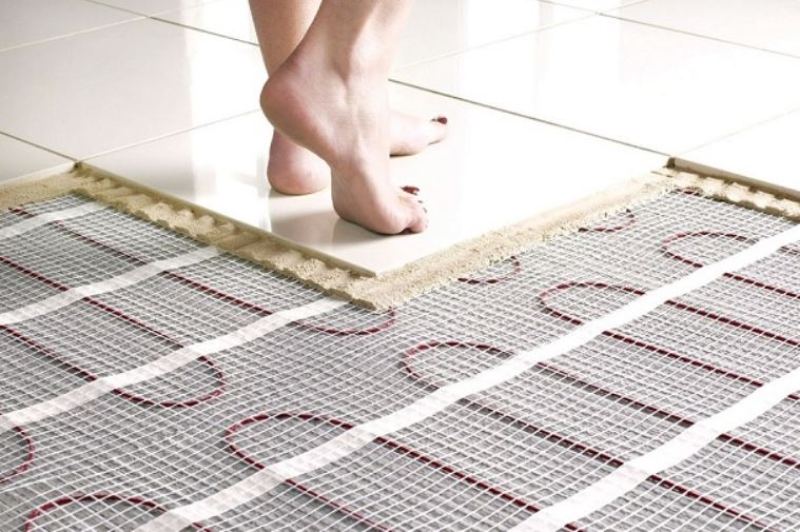
2. Central heating
This is where a central gas heater uses natural gas to heat your house.
The actual heating unit is normally located outside your house, but you can also mount it underneath flooring or other permanent fixtures.
Basically, a whole bunch of gases are generated (usually in a furnace or a boiler) and pass through a heat exchanger, which eventually makes its way into your property as heat. The great thing about using a central heating boiler is that they’re super efficient – they don’t lose the heat they generate and saves the need for huge amounts of energy consumption on a daily basis.
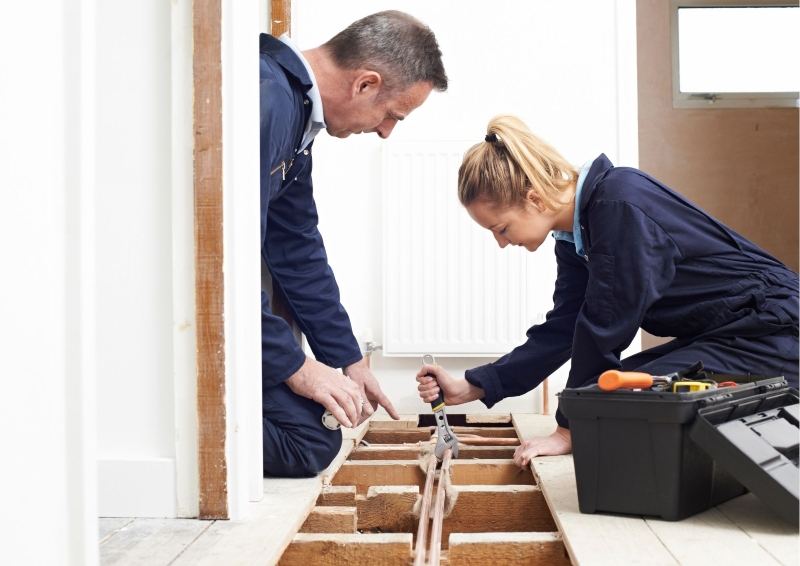
3. Other popular heating systems
If you’re into cost-effective and environmentally-friendly systems (and you don’t like clunky objects in your home like air con units), perhaps an air duct or central heating system will work for you.
A ducted system pushes heat throughout your home via a system of – you guessed it – “air ducts.” These ducts are sort of like tubes connecting a heating, ventilation and air-conditioning system together with multiple air vents mounted into a building.
Depending on how it’s designed, the HVAC machine (an acronym meaning heating, ventilation, and air conditioning) pulls air from the atmosphere and cools (or heats) it. It’ll then push the warm or cooled air through the air ducts and then through the air vents.
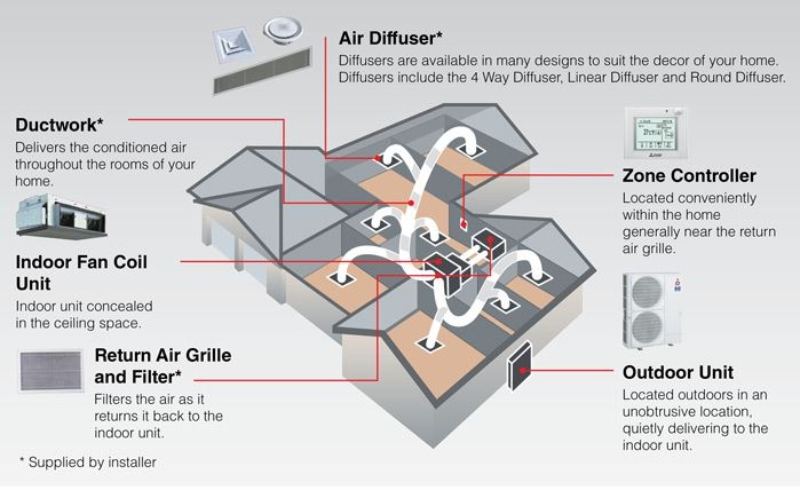
4. Water Systems
However, if you’re heating individual units or blocks of apartments, a water system may be a better choice for you.
Although most heating systems start off using a boiler or heat pump, some systems use what’s called a “water heater” to create heat both for tap water and other water used throughout the house. The hot water for your home heating system is used to heat fan coils, and the heat is then circulated throughout your home.
Although remember – water systems are usually installed at build time. So make sure that when you build your home, water systems are installed at the same time.
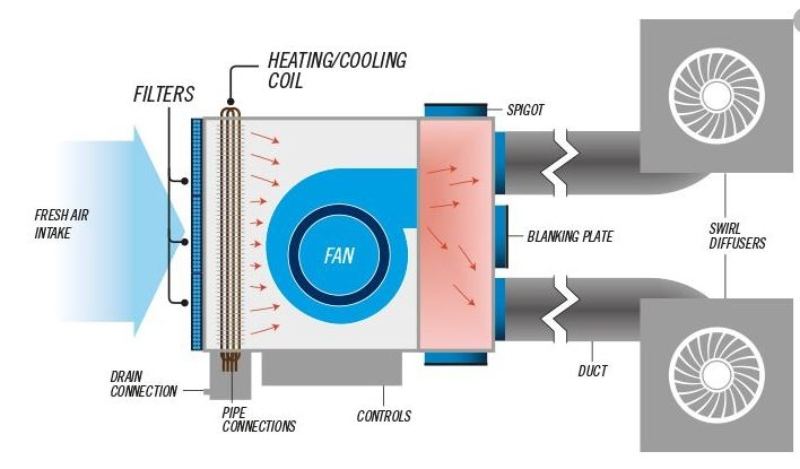
5. Fireplace
You can always go traditional (and, of course, romantic!)
Many homes have fireplaces today – there’s just something about those rich flames that creates a sense of comfort and warmth you can’t get in a central heating system. That said, unlike central air, no fireplace would be capable of heating the whole home at once.
A fireplace can, however, be great for heating a particular area of the house and – if you live in a unit – they’re a great solution. If you prefer the aesthetic feel and love watching the flames, look no further than a fireplace.
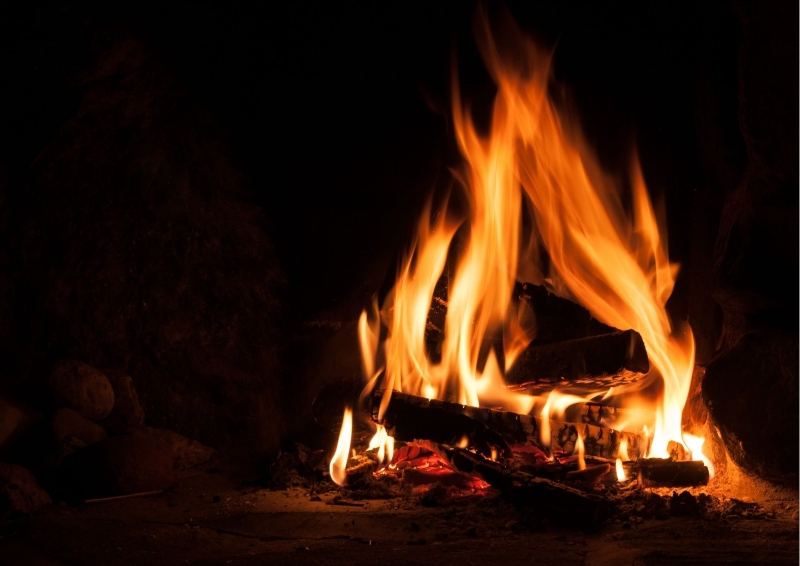
6. Picking the right insulation
Insulation not only means heating (or cooling) your home – it means keeping the heated or cooled air in and keeping the hot or cold air out.
In modern homes, you’ll find that insulation materials are made to last longer and provide better insulation. There’s nothing worse than developing an excellent heating or cooling system, only to discover that your insulation system is terrible – and no hot or cold air will stay inside. They are both as important as each other so make sure your builder doesn’t skimp on insulation.
And keep in mind, the more extreme the weather, the better the insulation you’ll need! Unless you want to waste money on huge heating and cooling bills.
Some great tips to insulate your home include:
- Installing sealant strips underneath your doors to stop energy escaping;
- Choosing high grade insulation materials. Check the rating.
- Install double-glazed windows to create that extra insulation protection.

7. Cost
You’ve probably (at least, ideally) come up with a realistic budget by now.
It’s essential to keep in tune with your financial budget and make sure you can afford the installation and equipment of the system you have chosen for your new or existing home.
Adding a heating or cooling system can be expensive But don’t forget to factor in the savings you’ll make on future electricity bills. Over time these savings should pay for the system and then some.
Remember – underfloor heating and cooling needs to be installed into your home at the time of building and would be very expensive to add at a later point. Most other systems can be added post build.
A high quality heating and cooling system will cost you more up front but will last longer than a cheaper option. It all depends on if you want to save money up front or in the long term.

8. Consider the alternative: passive airflow
Sometimes a heating or cooling system can dry out the air, impact negatively on air quality and just feel a little bit unnatural. If you’re worried about this, why not try some good old-fashioned passive airflow ventilation?
Does your home receive a natural breeze? Is the air outside crisp and fresh? Perhaps you live close to the ocean and love the smell of the sea?
If so, consider using open doors, windows, louvres and vents to let the stale air out and the fresh air in. Passive ventilation works extremely well if the airflow isn’t interrupted – therefore, if you build a house with an open plan area and rooms with lots of openings, you can make natural ventilation work really well for you.
The final thing – it’s important to know when to use passive airflow. Get into the habit of closing up during the day on hot summer days – all doors, blinds, curtains – and then opening it all up in the evening to vent the house with the evening breeze.
We recommend a combination of both approaches. Use passive air flow wherever possible and supplement or replace with your heating/cooling system when necessary.
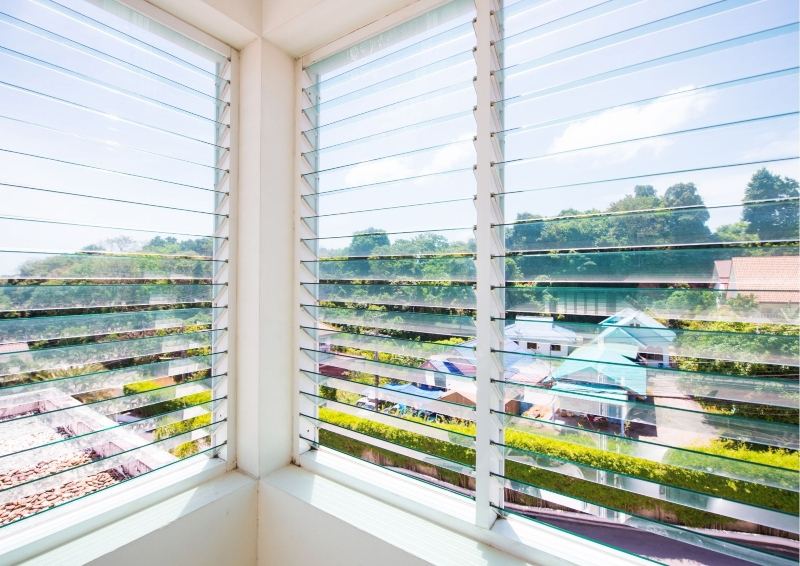
Like to know more about Project Homes in the Hunter Valley?
If you’re building a new home in the NSW Hunter Region and have your heart set on something that looks amazing (but won’t cost the Earth) — reach out to the team here at Hunter Designer Homes. You’ll be speaking with a small team of experienced professionals who specialise in personalised service and quality designs. Phone us on 1300 657 487 or email sales@hunterdesignerhomes.com.au today.




